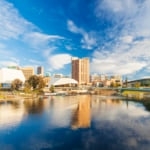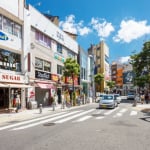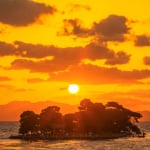Name: Akiyoshidai Karst Plateau
Address: Akiyoshidai, Akiyoshi, Shūhōchō, Mine City, Yamaguchi Prefecture
Official/Related Website: http://www.karusuto.com/
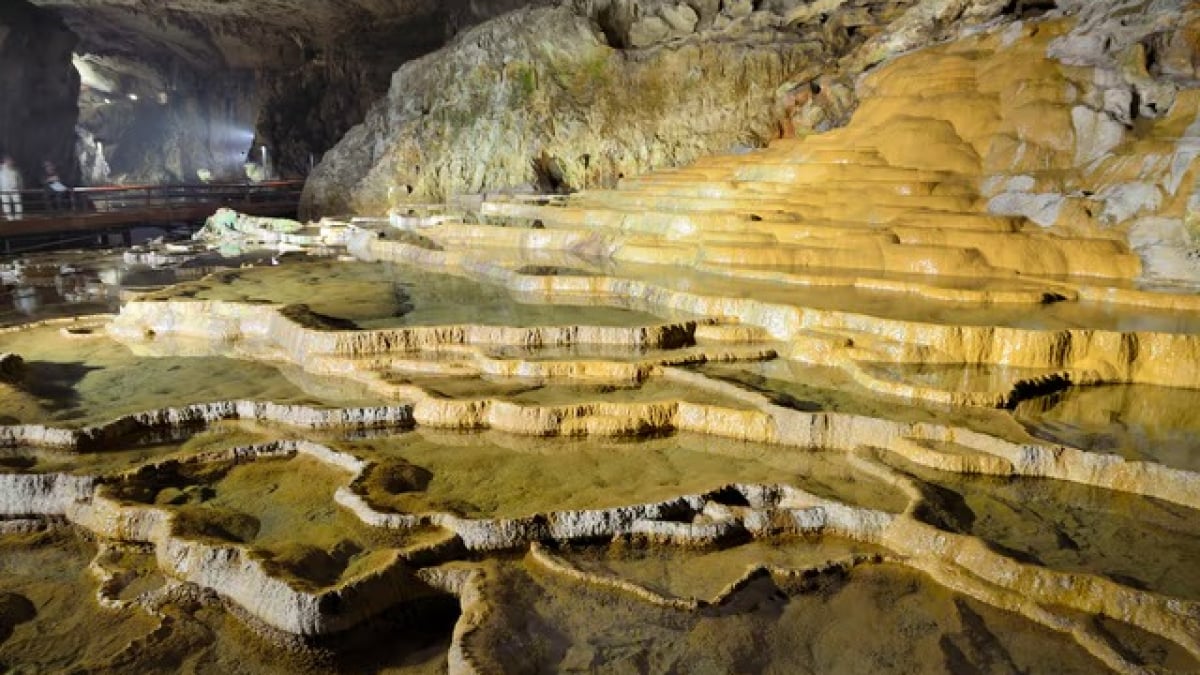
Akiyoshidai in Mine City: A Mysterious Space Shaped by Time! 4 Aboveground and Underground Tourist Spots
Located almost in the center of Yamaguchi Prefecture, Mine City is famous for its karst plateau and Japan's largest limestone cave, Akiyoshidō. Akiyoshidai is a true work of art sculpted by time—a mystical space formed over hundreds of millions of years through the interplay of limestone and rainwater. On the surface, you'll find the karst plateau dotted with countless limestone rocks rising from green grasslands, while underground, Akiyoshidō captivates with its stunning natural formations of stalactites stretching over 1 kilometer open to the public.
In addition to Akiyoshidō, Akiyoshidai is also home to other limestone caves such as Taishōdō and Kagekiyodō. Facilities like the science museum and eco-museum offer opportunities to learn about nature’s wonders. Here, we introduce four carefully selected spots to fully enjoy sightseeing in Mine City.
table of contents
[x] close
Akiyoshidai in Mine City: A Mysterious Space Shaped by Time! 4 Aboveground and Underground Tourist Spots
- 1. Have the Spectacular View of Akiyoshidai All to Yourself! "Akiyoshidai Karst Plateau"
- 2. Full of Highlights Like the Golden Pillar and Hundred Plates! An Underground Adventure 100 Meters Below: "Akiyoshidō"
- 3. It's Not Just Akiyoshidō! Akiyoshidai is Full of Underground Tourist Spots: "Taishōdō and Kagekiyodō"
- 4. Learn About the Formation and Nature of Akiyoshidai: "Akiyoshidai Eco Museum"
- ◎ Summary
1. Have the Spectacular View of Akiyoshidai All to Yourself! "Akiyoshidai Karst Plateau"
A mountain formed by an undersea volcanic eruption, layered with coral and other marine deposits, eventually became a massive block of limestone. Over an immense span of time, this limestone was eroded, resulting in Yamaguchi Prefecture's Mine City's top tourist attraction: the Akiyoshidai Karst Plateau.
The sight of countless limestone rocks scattered across a vast grassland is breathtaking. The best place to take in this grand view is the "Karst Observatory" located right next to the Akiyoshidai Visitor Center. From this observatory, several walking trails branch out. Highlights along the way include the primeval forest of "Chōja-ga-mori," where fallen Heike warriors are said to have hidden, and the natural monument "Jigokudai."
If you're tired from all the walking, try the famous "Zenji Kappa Soba" at the Dai Kanbō Nemunoten shop.
2. Full of Highlights Like the Golden Pillar and Hundred Plates! An Underground Adventure 100 Meters Below: "Akiyoshidō"
Akiyoshidō, Japan’s largest and one of Asia’s premier limestone caves, is the symbol of Akiyoshidai. Even the publicly open section for tourists stretches about 1 km, with a total length of approximately 8,700 meters. This grand underground chamber spans about 40 meters in width and 15 meters in height. The cave is divided into the main and branch caves, with the branch cave open for tourism.
Inside flows an underground river around 15 meters wide. There's "Nagafuchi," where you can see traces of an ancient river on the ceiling, and the "Hyakumai-zara" (Hundred Plates), a series of rimstone pools. The cave’s iconic feature, the "Ōgonchū" (Golden Pillar), is a flowstone about 15 meters tall. "Kasa-zukushi" features numerous stalactites hanging like umbrellas. Other impressive sights include the "Gankutsu-ō" (King of Caverns) and "Senjōjiki" (Thousand-Tatami Floor). Akiyoshidō is a must-see if you’re visiting Mine City.
Name: Akiyoshidō
Address: 3506-2 Akiyoshi, Shūhōchō, Mine City, Yamaguchi Prefecture
Official/Related Website: http://www.karusuto.com/html/01-play/02-akiyoshido.html
3. It's Not Just Akiyoshidō! Akiyoshidai is Full of Underground Tourist Spots: "Taishōdō and Kagekiyodō"
There are about 450 caves in Akiyoshidai. Among the most well-known are Akiyoshidō, Taishōdō, Kagekiyodō, and Nakaodō, all of which are designated natural monuments. Other notable caves include Takaga-ana (4,532 m), the second longest after Akiyoshidō, and Irimi-anamito no Ana, the deepest at 204 meters.
Here’s a brief intro to Taishōdō and Kagekiyodō, which are open to tourists. Taishōdō is structured in five layers, with the upper two called "Takamagahara" and the lower three named "Gokuraku" (Paradise), "Jigoku" (Hell), and "Narak" (Abyss). Inside, you’ll find notable stalactites and stalagmites like Shishi-iwa (Lion Rock).
Kagekiyodō is named after Heike warrior Ōba Kagekiyo, who is said to have hidden there. The cave is particularly known for ancient fossils like fusulinids and seaweed, revealing it was once under the sea.
Buying a combo ticket for Taishōdō and Kagekiyodō is more cost-effective than entering separately.
Name: Taishōdō and Kagekiyodō
Address: Aka, Mitōchō, Mine City, Yamaguchi Prefecture
Official/Related Website: http://www.karusuto.com/html/01-play/03-taishodo.html
4. Learn About the Formation and Nature of Akiyoshidai: "Akiyoshidai Eco Museum"
How was Akiyoshidai formed? How did stalactites grow? The Akiyoshidai Eco Museum, located right next to Taishōdō, provides answers to these questions. You can learn about the origin of the karst plateau, the animals and plants inhabiting Akiyoshidai, and the mechanisms behind stalactite and stalagmite formation inside caves.
In addition to exhibits and panels, the museum features a cave replica and a video theater that explains the terrain and history of Akiyoshidai, making it a great place to visit before starting your sightseeing tour.
Outside, there is an open-air stage and a “Forest of Regeneration.” Year-round events include the Cherry Blossom Festival, bird-watching, and insect workshops.
Name: Akiyoshidai Eco Museum
Address: 2368-1 Aka, Mitōchō, Mine City, Yamaguchi Prefecture
Official/Related Website: http://www.c-able.ne.jp/~mitou-14/index.html
◎ Summary
A visit to Akiyoshidai reminds us of the greatness of nature, the vastness of Earth’s history, and the importance of preserving nature. Tiny actions over vast timeframes have created these natural artworks—the karst plateau and limestone caves. Tourists are encouraged to appreciate and help preserve this wonder for future generations.
Other attractions like Safari Land offer additional enjoyment, with petting zoos and amusement parks that children can also enjoy.
Mine City is a destination full of rewarding sightseeing. Why not experience the power of the Earth with all five senses?
RELATED ARTICLES
REGIONS
CATEGORIES
FEATURED ON Yamaguchi
-
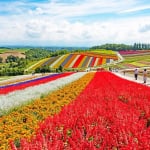
Where will you go for the summer vacation? Introducing recommended spots for domestic travel
-

4 Fun and Recommended Tourist Spots in Hofu City, Yamaguchi Prefecture!
-
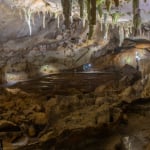
[Yamaguchi Prefecture] Introducing Tourist Information for Akiyoshido! Enjoy an Extraordinary Cave Exploration!?
-
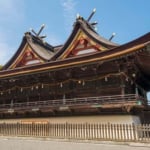
[4-day holiday in the Chugoku region] Summary of summer outing spots ◎ Enjoy the great outdoors!
-
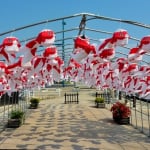
The 5 best recommended tourist spots in Yanai City, Yamaguchi Prefecture, famous for its white-walled streets and goldfish lanterns
MOST POPULAR ON Yamaguchi
-
 1
1Doha: Must-see Attractions in the Capital of Qatar
-
 2
2Toronto: 10 Things to do in this Picturesque Canadian City
-
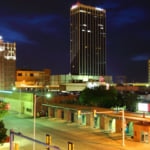 3
3Amarillo: A City Famous for It’s Amazing Canyons, Great History and Music
-
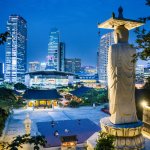 4
4South Korea: Dazzling Scenery, Rich Culture and Fascinating History
-
 5
5Kuwait: A Country in Middle East Asia Famous for Hot Sand Dunes and Stunning Cityscape


